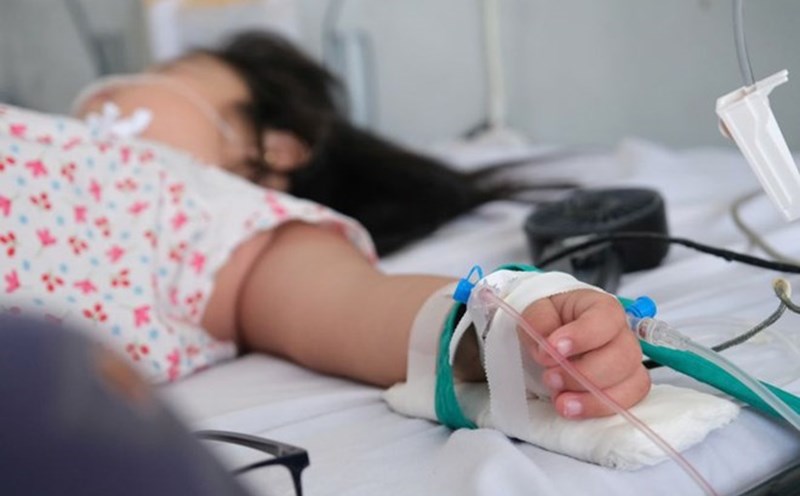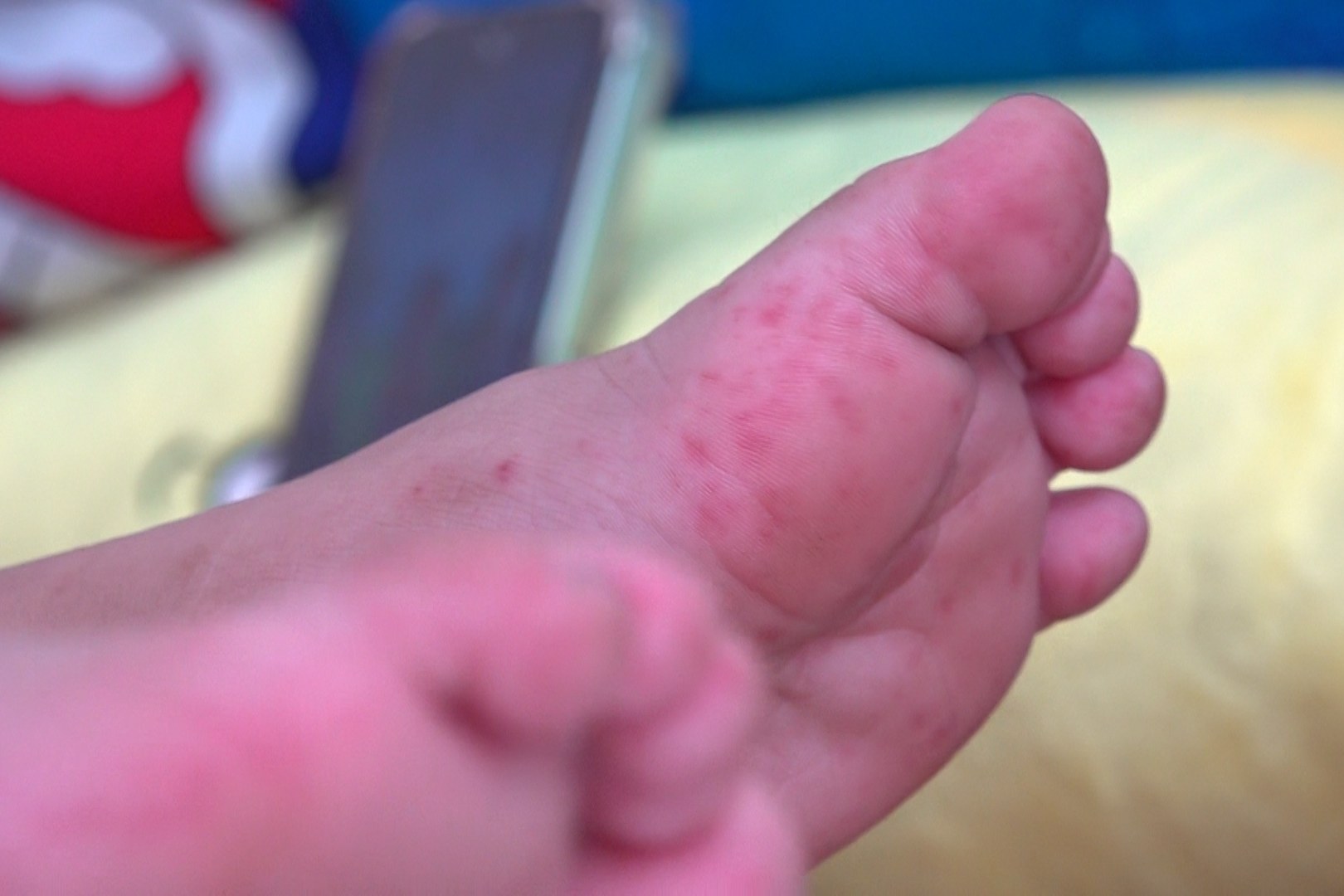According to statistics from the Center for Disease Control of Dong Thap province, from September 29, 2025 to October 5, 2025 (week 40), the province recorded 206 cases of dengue fever, down 38.9% compared to the previous week (337 cases). The total number of dengue fever cases accumulated from the beginning of 2025 to week 40 is 5,251 cases, an increase of 105.7% over the same period in 2024 (2,553 cases).
According to the assessment, the dengue fever situation in Dong Thap in 2025 recorded a sharp increase in the number of cases from around week 20, peaking in week 36-39 and is still at a high level. Although the chart shows signs of a slight decrease after the peak, actual data continues to be supplemented, so the downward trend is not clear.

Compared to the same period in 2024 and the 5-year average, the number of cases in 2025 is significantly higher, many weeks exceeding the epidemic warning threshold. The Center for Disease Control of Dong Thap province said that this shows that the dengue fever situation this year is complicated, and the risk of outbreak still exists if drastic measures are not maintained to prevent and control the epidemic.
Previously, with the dengue fever epidemic on the rise, the provincial Department of Health also issued an official dispatch requesting relevant units to drastically implement epidemic prevention measures.
For hand, foot and mouth disease, in week 40, Dong Thap province recorded 260 cases of the disease, an increase of 12.1% compared to the previous week (232 cases). The total number of hand, foot and mouth disease cases accumulated from the beginning of 2025 to week 40 is 4,602 cases, down 5.3% over the same period in 2024 (4,859 cases).
The number of hand, foot and mouth disease cases recorded in the week increased compared to the previous week and was higher than the average of the last 4 weeks. However, the disease number model is still equivalent to the average period, the number of cases per week and the number of cases per 100,000 people are lower than the same period per week.

Currently, the number of cases in schools is not high but there is a potential risk of spreading if there are no early and timely interventions. Therefore, it is necessary to continue to strengthen disease monitoring at schools and preschools; instruct on personal hygiene and environmental hygiene measures such as washing hands properly, disinfecting toys and classes periodically; promoting disease prevention communication in families and schools; maintaining collection of samples for severe cases to monitor the circulation and changes of the virus.












